
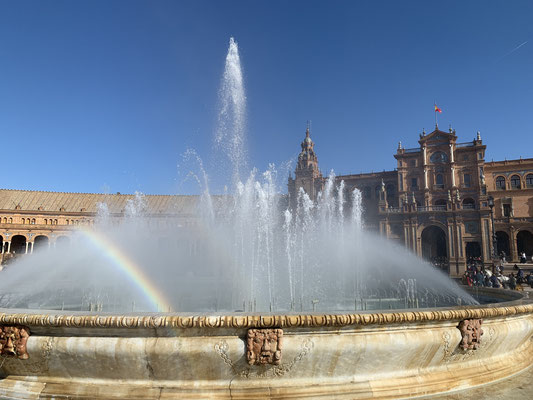
This morning we wake up earlier than yesterday. We seem to be getting used to the time change. Today also welcomes us with sunshine and pleasant temperatures. We enjoy the atmosphere in the harbor for a while. But in the late morning we set off to explore the city.
Today we also start at Plaza De Cuba, but unlike our last tour, this time we keep to the right along the shore. A few small bars line the shore here. Diana Cazadora, the goddess of the hunt, shows us the way. At the Costuero de la Reina, we turn into the Park de Maria Luisa. - On this sunny Sunday, tourists and locals stroll side by side through the park. Due to its size, there are still a few shady spots to be found.
From the lush greenery of the park, we step out onto a large and, above all, prestigious square. We are standing in the Plaza de España. It feels like the 17th century, a stately building complex with an imposing fountain in front of it. The fountains, in combination with the sun, create a beautiful rainbow. Street artists complete the picture by creating bubbles in which the sunlight refracts in all colors.
With a few rowing boats on a miniature canal, does the whole thing look a bit like Las Vegas? Yes, it does, because the building was first designed for the Ibero-American Exposition in 1929. Worth a visit either way.
We walk on past the university, along Calle San Fernando towards La Giralda. There is nothing to suggest that we are looking at the former minaret of Seville's main mosque. - It also serves its purpose as the bell tower of Seville Cathedral. It is not without reason that the cathedral is one of, if not the most important landmarks in the city.
Afterwards, we stroll through the alleyways and simply take in the city. Seville is impressive and beautiful at the same time. Torgit claims it is the most beautiful city in Spain! - So I hope to find even more impressive little towns. - Although at the moment I'm more in the mood for small towns than cities.
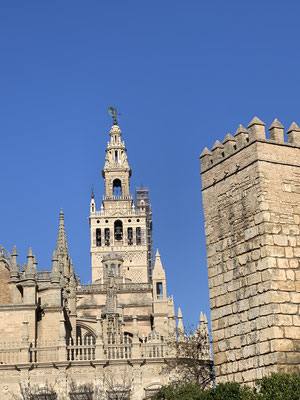
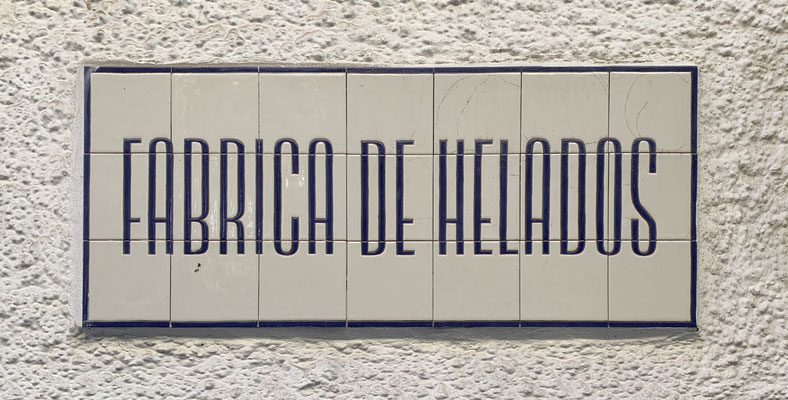
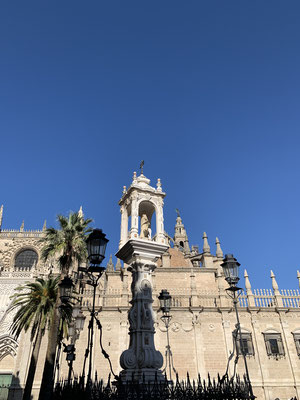
We are getting hungry, so I suggest we go for an ice cream first. TripAdvisor recommends Fabricia De Helados, supposedly the best ice cream parlor in town, just around the corner. - Is the ice cream really that good? - Unfortunately, contrary to the description, it is closed. As we are even hungrier now, we decide to go for a bite to eat instead. Another recommendation awaits us not too far away: Filo, a small bistro with good service. Nice, healthy, alternative, but not a burner either. But after all, we're not just here to eat. (Note from Torgit: Finding good restaurants is not that easy. As people from Cologne, we're just totally spoiled)
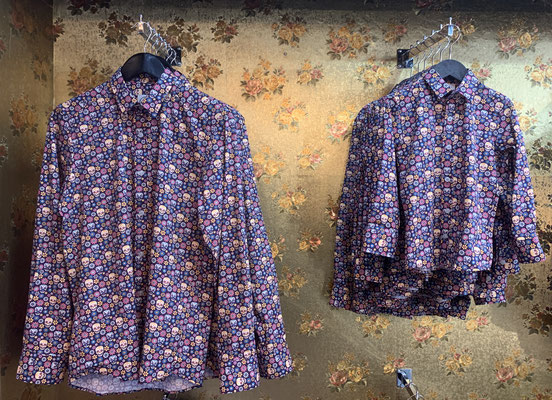
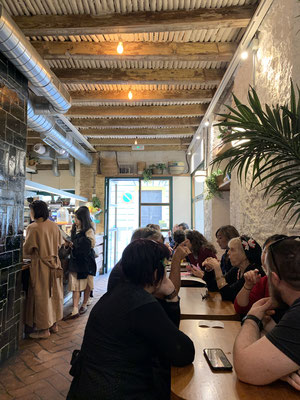
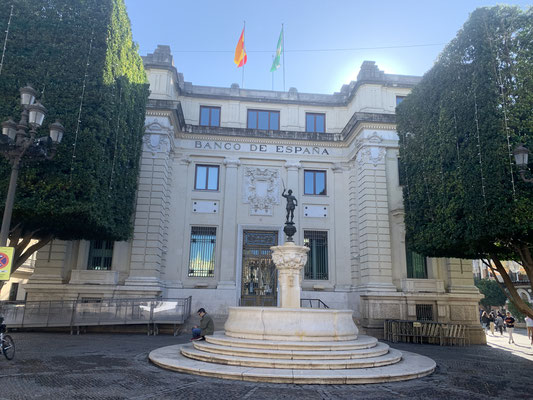
We continue to drift through the alleyways. Again and again we discover beautiful little houses, the odd fascinating balcony and the odd exciting boutique. Even father and son, who prefer an extravagant skull and crossbones look, would find something here. Everything is a little special, even the bank building of the Banco de Espana. Or is it the trees cut on the edge? Everything is straightforward, as befits a proper bank. 😉
I think I can round off our tour with a real highlight. I would like to surprise Torgit with the Metropol Parasol, a hybrid construction made of wood, steel and concrete. A few years ago, I studied this building by German architect Jürgen Mayer. As the son of a master carpenter, I have always been interested in unusual buildings made of wood. And this landmark in Seville, with its organic structures, a length of 150 m, a width of around 70 m and a height of over 25 m, is considered to be one of the largest wooden buildings in the world.
But unfortunately I have to admit that there is not much left of the fascination of the pictures and architectural reports I have seen on site. There is not much trace left of the wood as a building material. Was the building subsequently given a protective coating? I don't know. - The polyurethane coating should actually be self-cleaning and only be renewed after 25 years.
Either way, the spark doesn't ignite. Torgit is also moderately impressed.
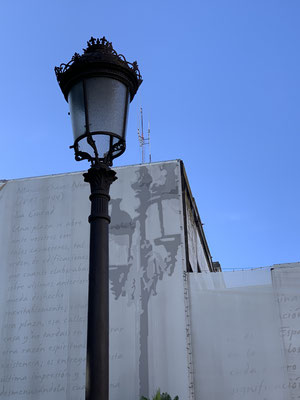
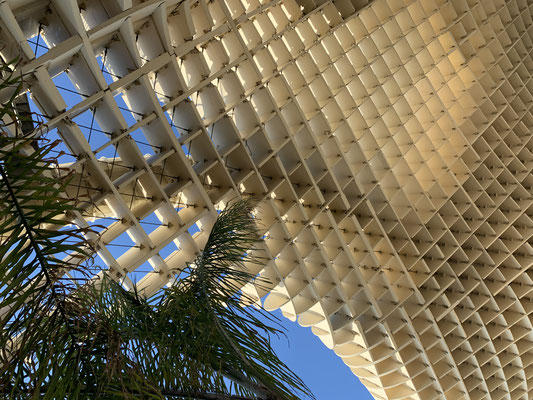

The moment we dive back into the small alleyways, we find other things that inspire us. Sometimes it's the little things. For example, I like a building tarpaulin that seems to reflect the streetlights of a square. Then we discover the graffiti of a monkey with an apple. A modern interpretation of William Tell? - It's worth looking into one or two of the gates. Again and again we see beautiful corridors or prestigious hotel lobbies hidden behind them.
Slowly we move towards the shore. - It's time to head back. Arriving at the harbor, we have just enough time to enjoy the setting sun. Today it's time for yesterday's leftovers.
Later that evening, I stumble across another topic that always touches me. When you step out of the front door of our apartment in Cologne onto Schnurgasse, you find a so-called stumbling block directly opposite, seemingly lovelessly sunk into the asphalt. Why am I stumbling across this topic today? Because today, the artist Gunther Demnig has laid his 75,000th Stolperstein. - The artist has been working on this project since the early nineties. In the meantime, Stumbling Stones have been laid not only in Germany, but also in many other European countries to commemorate the victims of the Nazi dictatorship.
The victim from Schnurgasse was not a Jew, nor a mentally handicapped person, nor a communist. - Not that these victims were any less bad. - Karl Hager was merely homosexual, which the Nazis called "unnatural fornication". I was particularly moved by this stumbling block for several reasons. Firstly, of course, because it is right on my doorstep. Secondly, because Cologne today likes to sell itself as liberal, as so open-minded, especially towards homosexuals. Of course Cologne is a colorful city, homosexuality seems normal. But there is still a long way to go before equal rights are achieved. Otherwise we wouldn't still be talking about it.
Karl Hagar was killed in Sachsenhausen concentration camp. This place touches me the most in this context. Sachsenhausen, near Oranienburg, you could also say in Oranienburg. I lived and worked in this place for several years. You should always be aware that there are people there, as in many places, who still deny the Holocaust, who claim to have known nothing about it. Oranienburg is small, the concentration camp was not just big, it was huge. Before this camp was built, there was already a camp in the middle of the town. Just two months after Hitler seized power, the first concentration camp on German soil was set up here. It was set up practically right in front of the castle, in the middle of the town. So much for "work makes you free".
My father was 16 years old when the war ended. Funnily enough, he could remember the deportations. Incidentally, the stumbling blocks are made of brass. I can only recommend to anyone that they simply take a tube of polish to one of these stones. The brass shines in the sun afterwards. - You won't be any less patriotic afterwards, but perhaps even more patriotic than before. Because emotional attachment is also shown by taking a stand on past mistakes.
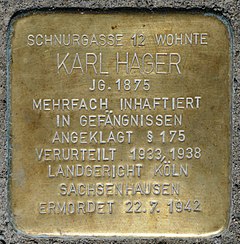

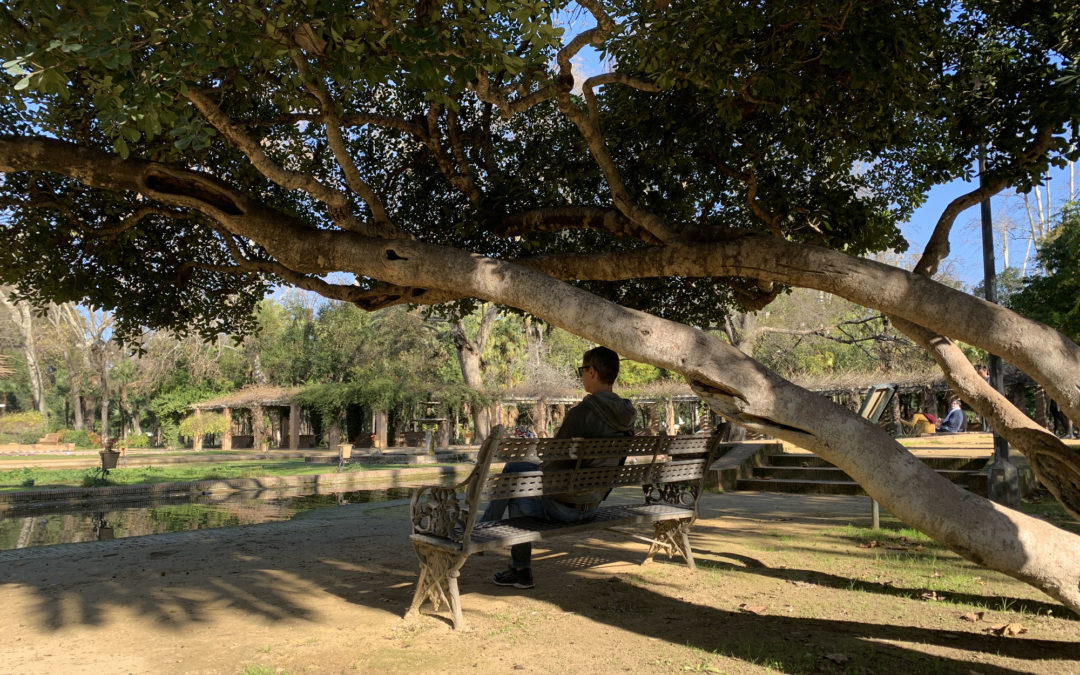
Recent Comments